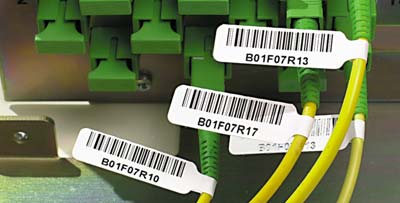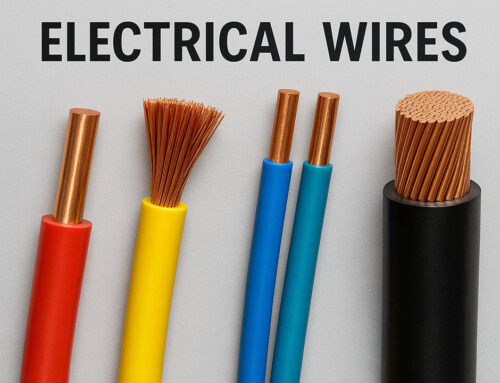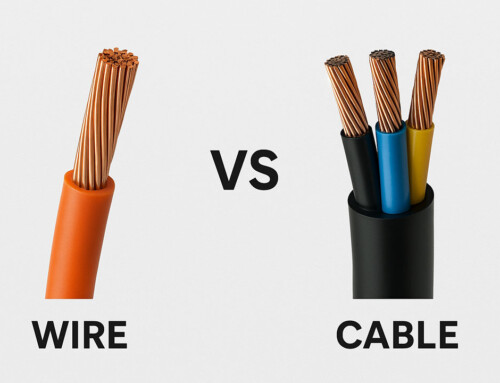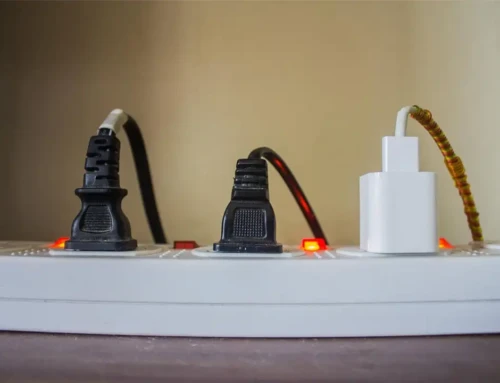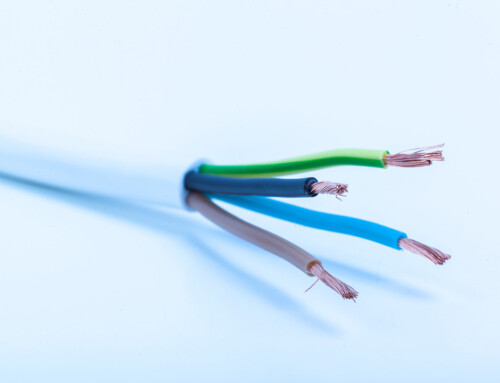In any workplace, change is a common occurrence. Things like new equipment, movement of said equipment and any change in wiring is not visible to staff unless it’s properly documented. If it is properly labeled, a cable managing system can help in solving and detecting exactly where any problems occur.
Benefits of Clear Labeling of Infrastructure Components
Since practically every process in a company relies on the electrical system, any disruptions can affect a wide range of processes, ranging from IT to basic infrastructure, leading to a possible halt in daily business activities and production.
Here are the main benefits of clearly labeling infrastructure components:
- Simpler troubleshooting and maintenance procedures, which saves repair and movement requirements (both time and costs)
- Reduced cost of ownership when combined with comprehensive identification as well as dynamic management and administration systems
- More effective audit compliance and quality assurance, in terms of manufacturer and installer warranties.
Without proper labels, a company can lose valuable time and assets trying to discover where and what the problem is, before they can work on fixing it, and without warranty protection and long-term maintenance of electrical, telecom, A/V and security networking systems, the loss can be immense.
What Should You Look for in Labeling Tools?
Everything has a standard through which it can be labeled – from the cables, to the cabinets, racks and electrical panels, there is a certain criteria which has to be maintained. A properly labeled system will benefit everyone – IT technicians, contractors, managers, consultants, faculty or owners.
Here are some points you should take into consideration:
- General 606-B Labeling Guidelines- Some of the most widely accepted and used standards of the ANSI/TIA-606-B labeling follow a set of rules, which are as follows:
- Labels need to be machine generated
- Labels should be visible on both ends of the wire
- Labels should come to par with UL969 specification for legibility, defacement and adhesion
- Labels have to be clearly visible when the infrastructure is being maintained
- There should be a periodical check to ensure that the state of the labels stays excellent
- Facility owners or IT personnel should make sure that the cable and component identification system is updated as needed, so that it reflects future upgrades
- Facility managers should maintain a permanent record of the original installation and all subsequent changes
Approved in 2012, the ANSI/TIA-606-B is slowly catching up to the world. Though its popularity with electrical contractors is taking its time to blossom, the main advantages include better clarity and improved efficiency.
- Choose Next-Generation Labeling Tools- For better performance and compatibility with the 606-B standards, heavy-duty, sturdy and durable labeling tools are recommended. Tools that are designed to withstand onsite and long-term use work best and are often used by professionals.Everything from the thermal printers that do not use ink and can print a variety of labels can be used for labeling cables and infrastructure systems, with durable, approved polyester tapes. The printer produces long lasting ink while the tape has a protective layer over the writing for long term use.
- Features to Look for in a Labeling Tool- While selecting labeling tools, looking for the most user-friendly item that will benefit your company most. Features that a buyer has to look for and add value to the item are as follows:
- A large and well-lit screen for quick viewing and selection of labels
- Formatted label designs, a QWERTY keyboard and easy-to-navigate menus
- Automatic start and legible fonts for easy reading
- Storage allowance and PC connectivity for downloading data
- A multi-lingual interface for today’s diverse work crews
With a relatively low cost and high service, today’s robust labeling tools are a worthy investment, and can help you create a truly professional workplace!

